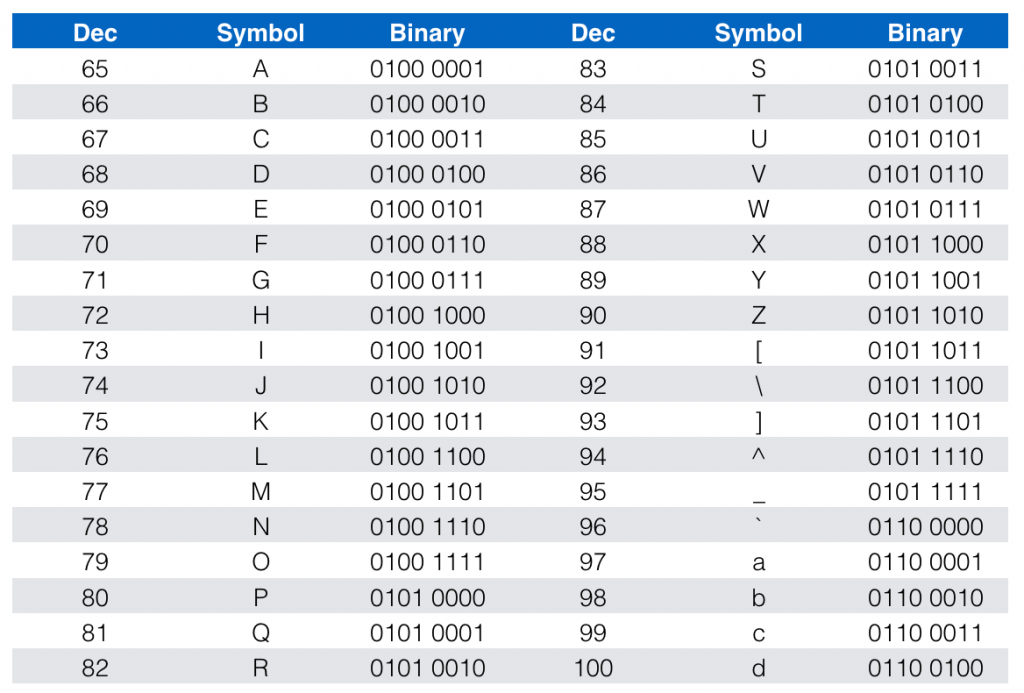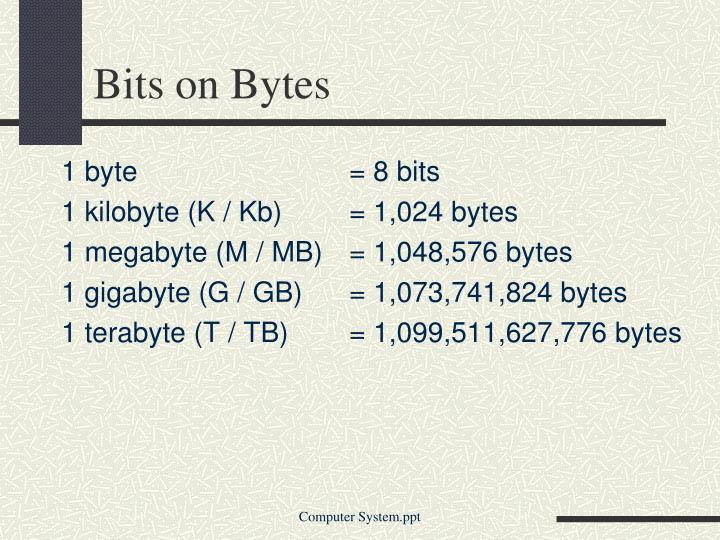

the next four bytes are 0x00 0x00 0x00 0x01, indicating that the next one byte describes your public exponent.then you have the next seven bytes: 0x73, 0x73.The first four bytes are 0x00 0x00 0x00 0x07, indicating that the nextįield you have to read is seven bytes long.If you decode this string, you can have a look at it byte-wise. So its basically not really readable to humans. What you have posted is a base64 encoding of an ssh-rsa public key. I try to break it down quite simple and answer your initial question. How large a "file" would that public key be? But I want to try to "understand" what bits/bytes even means in the first place.Īny clarifications would be greatly appreciate.

Say I had 100 sets, each with 1000 terms. Really I want to know how much storage on a computer such a key would take up. This is vastly different than the above example, so how do I work out the bit size? Or am I asking the wrong thing here? Their sizes are 100 and 150 respectively. Say I have two sets of integers, $S_1$ and $S_2$. Ultimately, I have a different public key that I wanted to work out the size for. But I have no idea how that would relate to the above? I understand that an 8 bit block is 1 byte, that is to say that we have a length of 8 characters that can be 1 or 0. If someone could explain the logic I am missing here, that would help a lot. These often talk as if you understand what they mean, so I don't have much to go off of. How do I work out the bitlength of this key? There are 368 characters, so is that the bitength? That would then mean that this is a 46 byte system, right? I barely grasp what that means, and I've sank a week or two into Wikipedia articles, YouTube tutorials and more. This type of bit is known as a qubit.I am struggling to understand what the "bit/byte" size of a public key is, how you can work it out, and even what it means.ĪAAAB3NzaC1yc2EAAAABJQAAAQB/nAmOjTmezNUDKYvEeIRf2YnwM9/uUG1d0BYsc8/tRtx+RGi7N2lUbp728MXGwdnL9od4cItzky/zVdLZE2cycOa18xBK9cOWmcKS0A8FYB圎QWJ/q9YVUgZbFKfYGaGQxsER+A0w/fX8ALuk78ktP31K69LcQgxIsl7rNzxsoOQKJ/CIxOGMMxczYTiEoLvQhapFQMs3FL96didKr/QbrfB1WT6s3838SEaXfgZvLef1YB2xmfhbT9OXFE3FXvh2UPBfN+ffE7iiayQf/2XR+8j4N4bW30DiPtOQLGUrH1y5X/rpNZNlWW2+jGIxqZtgWg7lT圓mXy5x836Sj/6L Unlike today's computer, a quantum computer bit can be 1, 0, or both 1 and 0 at the same time. Like most style guides, Computer Hope chooses to write "bit" in all lowercase. When deciding what style to use for your writing, make sure to remain consistent. Bit (b)Ī bit is an acronym, shouldn't it be written in all uppercase?Īlthough "bit" is an acronym, it can be written in all uppercase like most acronyms or as all lowercase.

For example, you can see that there are 8 bits in a byte. Using this chart, you can find how many bits are in other measurements. other data measurementsīelow is a listing of byte values in comparison to other units of measurements. In other words, an 8-bit color would be 2^8, which is 256 colors. With colors, the bit color depth is calculated by 2 to the power of the bit color.
256 bits in a byte how to#
How to determine if you have a 32-bit or 64-bit CPU.Today's computers are 64-bit, which are capable of up to 64-bit binary numbers (decimal number over 18 quintillion). Later processors were 32-bit, which are capable of up to 32-bit binary numbers (decimal number up to 4,294,967,295). Anything larger and the computer would need to break up the number into smaller pieces. With early computer processors (e.g., 806), the processors were 16-bit processors, which means the processors were capable of working with 16-bit binary numbers (decimal number up to 65,535).

However, it's more common for a nibble to be skipped and for a byte to come after a bit. What comes after a bit?Ī nibble comes after a bit. A bit is an acronym, shouldn't it be written in all uppercase?Ī bit is the smallest unit of computer measurement, which means nothing comes before a bit.


 0 kommentar(er)
0 kommentar(er)
